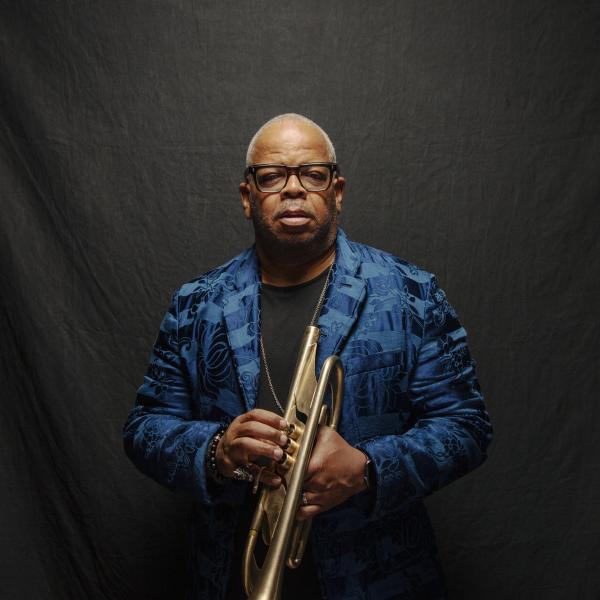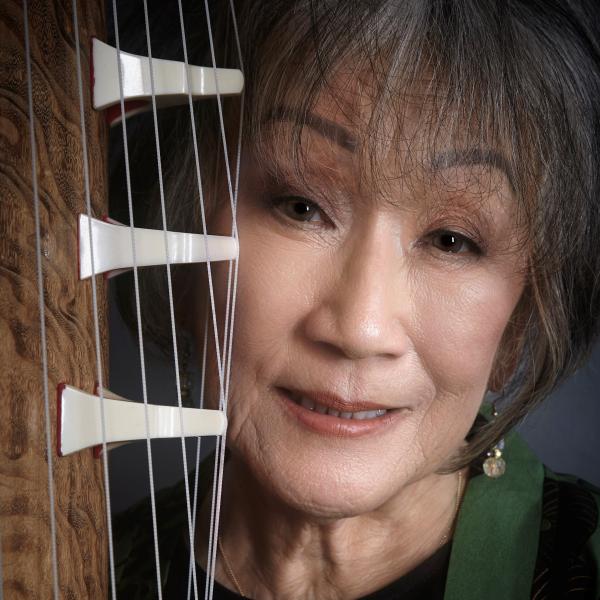Howard Shalwitz - Blog
Transcript of Howard Shalwitz audio
Howard Shalwitz: Connectivity is a new focus. It's a sort of innovation area here at Woolly over the last couple of years. I think in America, we tend to think of theater as being a form of entertainment that's sort of off in the corner of the culture for just a certain segment of the population. And our goal, situated where we are, downtown in the nation's capital, has been to say, "How do we break through that perception, and how do we start to think about a play as part of a larger dialogue that's happening throughout Washington everyday?" So what we are doing with every play is sort of saying, "What's the conversation the playwright wants to have? Who would need to be in the audience to make that conversation a meaningful conversation?" In other words, if the play is about racial issues, you can't have an audience that's all white or all black or all Latino. You need to mix those people up. If the play is about economic justice, you can't have an audience of all rich people. The dialogue doesn’t have any meaning if it doesn't have people from many classes represented. So being intentional about how we design an audience for a show, and then create points of entry for different audiences, some of whom may have never been to the theater before. And then, engage all sorts of audiences, our traditional subscription going audience, new audiences that we bring in around a particular topic or a particular show, to design a set of activities in our lobby, in our playbill, online, on our website, which is we have one of the most active theater blogs in America, and through special events like forums and post-show conversations with invited guests, so that the issues that are embedded in the plays really become part of the city's dialogue. People sometime think "Oh, theater is this ivory tower thing that only certain theater-educated people understand." But in fact, theater is about real life. And when you work hard to say, "What's the real life in this play? And who are the people who share that life, or whose work gives them a special interest in that life?" And let them talk about the work and share their reflections with the regular theater going audience, you get a very, very powerful and exciting engagement for our artists, for our audiences and for the community at large.




